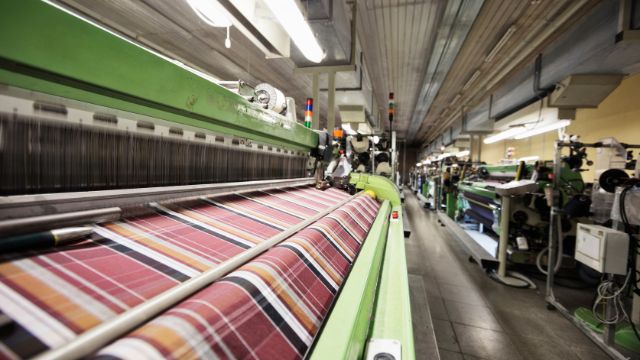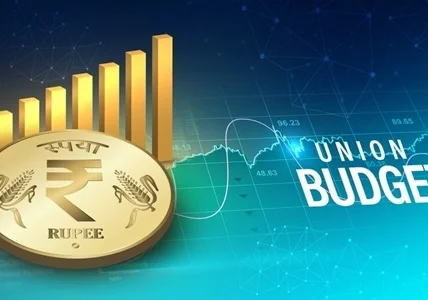The textile industry is one of the most basic industries in any economy. Food, shelter and clothing come at the bottom of Maslow’s Hierarchy of Needs. By this itself, you would have understood the importance of the textile sector. The textile sector is one of the largest employment providers in India, and the best part about the textile sector is that it employs skilled and unskilled labour. As per the estimate, more than 35 million people work in the textile industry in India. Even from an export perspective, the textile industry has made it big. The current levels stand at approximately $44 billion, which is 10% of the total exports of India.
With the implementation of GST, there was also an impact on the Textile sector in India. On this page, we have discussed in detail the Impact of GST on the textile industry in India. You can move on to the next section to read more about it.

Impact of GST on Textile Industry
The implementation of GST has impacted the textile industry in India. Some of it was a positive impact, and there was a bit of a negative one. Here are some pointers to define the impact of GST on the textile industry in India.
- Simplification of Tax Structure – Until the GST was implemented, any business had to pay many different taxes. This included VAT, CST, Custom Duty, Central Excise Duty and many others. With the help of GST, all these taxes have been combined into just one, making it very simple for the textile industry. GST has reduced the cost of administration and management in the textile industry.
- Tax Input Credit – In addition to this, the manufacturers can now benefit from input tax credit under the GST scheme. This was beneficial as the manufacturer could immediately take advantage of the input tax credit. At the same time, he could have infused more business funds to advance the textile industry.
- Reduced Manufacturing Cost – GST helped manufacturers eliminate the luxury tax, entry tax and many different sub-heads. The advantage of this particular step was that the manufacturing cost was further reduced, and therefore, the benefit was passed on to the consumer. There was either a reduction in the price of some of these items or the profits for the manufacturer were improved.
- Reduced Tax Leakage – The new tax structure also brought some problems for unregistered entities and small-scale industries. There were strict provisions under the GST regime, and anyone not complying with the GST was eliminated from the market. The chances of tax leakage or cases of cheating have been reduced after implementing the new tax structure.
Problem with GST and Textile Industry
Another aspect of GST is the inverted duty structure that negatively impacted the textile industry. The final product from the textile industry falls under the tax slab of 5%; however, there was a different tax on manmade fibre (18%), manmade yarn (12%) and manmade fabric (5%). This different slab became problematic for the textile industry, and it reduced the positive impact of simplifying the tax structure.
The impact has been amplified after the 45th GST Council meeting as the 5% slab was removed from the GST rates. There were multiple representations from the textile industry with the GST committee to eliminate the problems associated with the inverted tax structure; however, all the items in the 5% slab were moved to the 12% slab. There was a massive protest from the representatives in the textile industry, and in the 46th GST council meeting, a decision was taken to delay the rate hikes of the items that fell in 5% duty.
Final Take
This was all about the impact of GST on the textile industry. You would have seen some positive and negative impacts on the industry. We believe clothing is a basic need, so the GST council should remove the 18% tax. In addition, the council should also keep the basic products in the 5% slab so that the clothing becomes more affordable. This will also boost international trade, and eventually, the results will reflect in the exports. This can be a win-win situation for the manufacturers, traders and businessmen. We hope you understand clearly how GST impacted the textile industry in India. If you still have any questions, please leave a comment for us.














